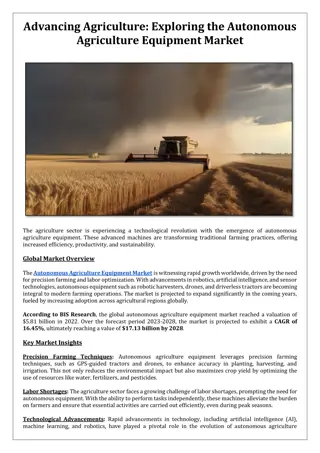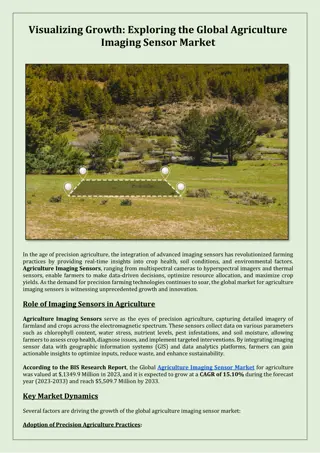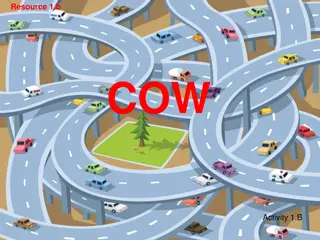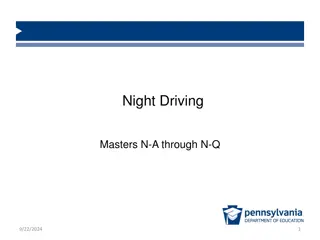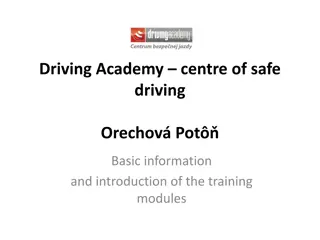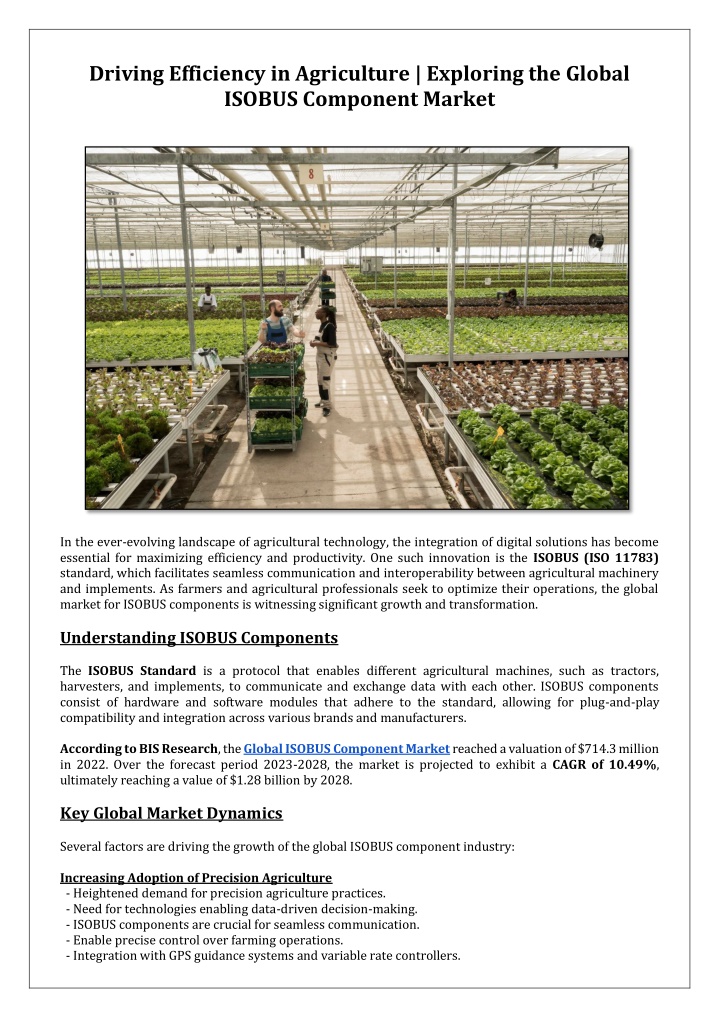
Driving Efficiency in Agriculture | Exploring the Global ISOBUS Component Market
According to BIS Research, the Global ISOBUS Component Market reached a valuation of $714.3 million in 2022. Over the forecast period 2023-2028, the market is projected to exhibit a CAGR of 10.49%, ultimately reaching a value of $1.28 billion by 2028.
Uploaded on | 4 Views
Download Presentation

Please find below an Image/Link to download the presentation.
The content on the website is provided AS IS for your information and personal use only. It may not be sold, licensed, or shared on other websites without obtaining consent from the author. If you encounter any issues during the download, it is possible that the publisher has removed the file from their server.
You are allowed to download the files provided on this website for personal or commercial use, subject to the condition that they are used lawfully. All files are the property of their respective owners.
The content on the website is provided AS IS for your information and personal use only. It may not be sold, licensed, or shared on other websites without obtaining consent from the author.
E N D
Presentation Transcript
Driving Efficiency in Agriculture | Exploring the Global ISOBUS Component Market In the ever-evolving landscape of agricultural technology, the integration of digital solutions has become essential for maximizing efficiency and productivity. One such innovation is the ISOBUS (ISO 11783) standard, which facilitates seamless communication and interoperability between agricultural machinery and implements. As farmers and agricultural professionals seek to optimize their operations, the global market for ISOBUS components is witnessing significant growth and transformation. Understanding ISOBUS Components The ISOBUS Standard is a protocol that enables different agricultural machines, such as tractors, harvesters, and implements, to communicate and exchange data with each other. ISOBUS components consist of hardware and software modules that adhere to the standard, allowing for plug-and-play compatibility and integration across various brands and manufacturers. According to BIS Research, the Global ISOBUS Component Market reached a valuation of $714.3 million in 2022. Over the forecast period 2023-2028, the market is projected to exhibit a CAGR of 10.49%, ultimately reaching a value of $1.28 billion by 2028. Key Global Market Dynamics Several factors are driving the growth of the global ISOBUS component industry: Increasing Adoption of Precision Agriculture - Heightened demand for precision agriculture practices. - Need for technologies enabling data-driven decision-making. - ISOBUS components are crucial for seamless communication. - Enable precise control over farming operations. - Integration with GPS guidance systems and variable rate controllers.
Demand for Interoperability and Compatibility - Farmers operate machinery from different manufacturers. - ISOBUS components provide standardized interfaces. - Machines work together seamlessly, regardless of brand or model. - Reduces compatibility issues, simplifies equipment setup. - Enhances flexibility in machinery deployment. Emphasis on Efficiency and Cost-Effectiveness - Efficiency and cost-effectiveness are crucial in agriculture. - ISOBUS components streamline workflows. - Automate tasks and optimize resource utilization. - Improve operational efficiency and reduce labor costs. - Centralize control and data management for better productivity. Attention Required: Download FREE Sample (PDF) Report on Global ISOBUS Component Market Research. Global ISOBUS Component Sector Segmentation Segmentation by Application: - Tractor - Implements and Attachments - Data Analysis - Telematics Segmentation by Product: - ISOBUS Displays - Universal Terminals (UTs) - Section Control Modules (SCMs) - Electronic Control Units (ECUs) - ISOBUS Software Developed regions such as North America and Europe lead the market, driven by a high level of mechanization, strong demand for precision agriculture technologies, and supportive government policies. Emerging markets in Asia-Pacific and Latin America are experiencing rapid growth, fueled by increasing mechanization of farming operations, rising adoption of digital farming solutions, and government initiatives to modernize agriculture. Market Challenges and Opportunities While the prospects for the ISOBUS Component Market are promising, challenges such as interoperability issues, cybersecurity concerns, and the need for standardized data formats remain. However, ongoing efforts to address these challenges, along with advancements in communication technologies and data management solutions, present opportunities for market expansion and innovation. By embracing digital transformation, fostering collaboration between stakeholders, and investing in research and development, the market of ISOBUS components can continue to drive efficiency, productivity, and sustainability in the agriculture industry. Conclusion The Global ISOBUS Component Industry plays a pivotal role in advancing digitization and connectivity in agriculture, enabling farmers to harness the power of data-driven decision-making and precision farming. As the demand for precision agriculture continues to grow, the ISOBUS component market is poised to remain at the forefront of agricultural innovation, driving transformative change and shaping the future of farming worldwide.




